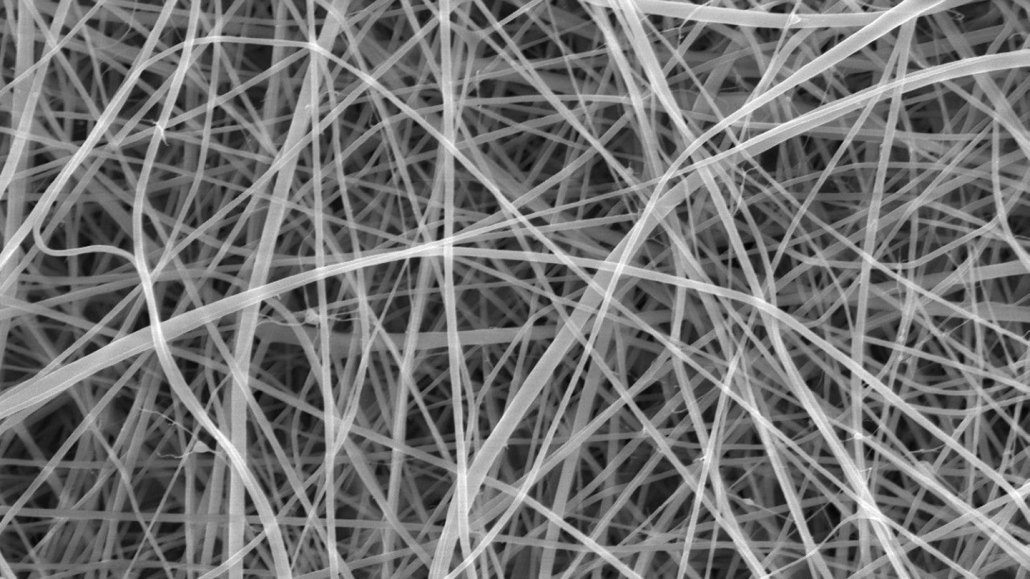
Chemistry
Behold the world’s thinnest pasta
Made from white flour and formic acid, the nanofibers average just 370 nanometers across. That’s two-hundredths the thickness of a human hair.
By Skyler Ware
Come explore with us!

Made from white flour and formic acid, the nanofibers average just 370 nanometers across. That’s two-hundredths the thickness of a human hair.

Microplastics made from fossil fuels take centuries to disappear. But the plant- and algae-based plastic can break down in weeks to months.

Inspired by Lego building blocks, the approach could enable design of adaptable tools to study how fluids move through very small spaces.

Make your own ‘voltaic pile’ with pennies and nickels, and find out how many coins will make the most electricity!

Modern electronics, from cell phones to video games, work thanks to these conductor-insulator hybrids.

When dipped in indican and exposed to sunlight, yarn turns a deep blue. This process is more eco-friendly than the current denim dyeing method.

If trees could act as natural antennas, one physicist proposes that they just might pick up signals of hard-to-spot ultra-high energy neutrinos.

Supercomputing and AI cut the early discovery steps from decades to just 80 hours. The process led to a new solid electrolyte.

Lead has been linked to lower IQ, behavior problems, mental-health disorders, strokes and more health impacts. There are ways to reduce your exposure.

Models are representations of real-life systems or processes that we use to ask questions, make predictions and test our knowledge.